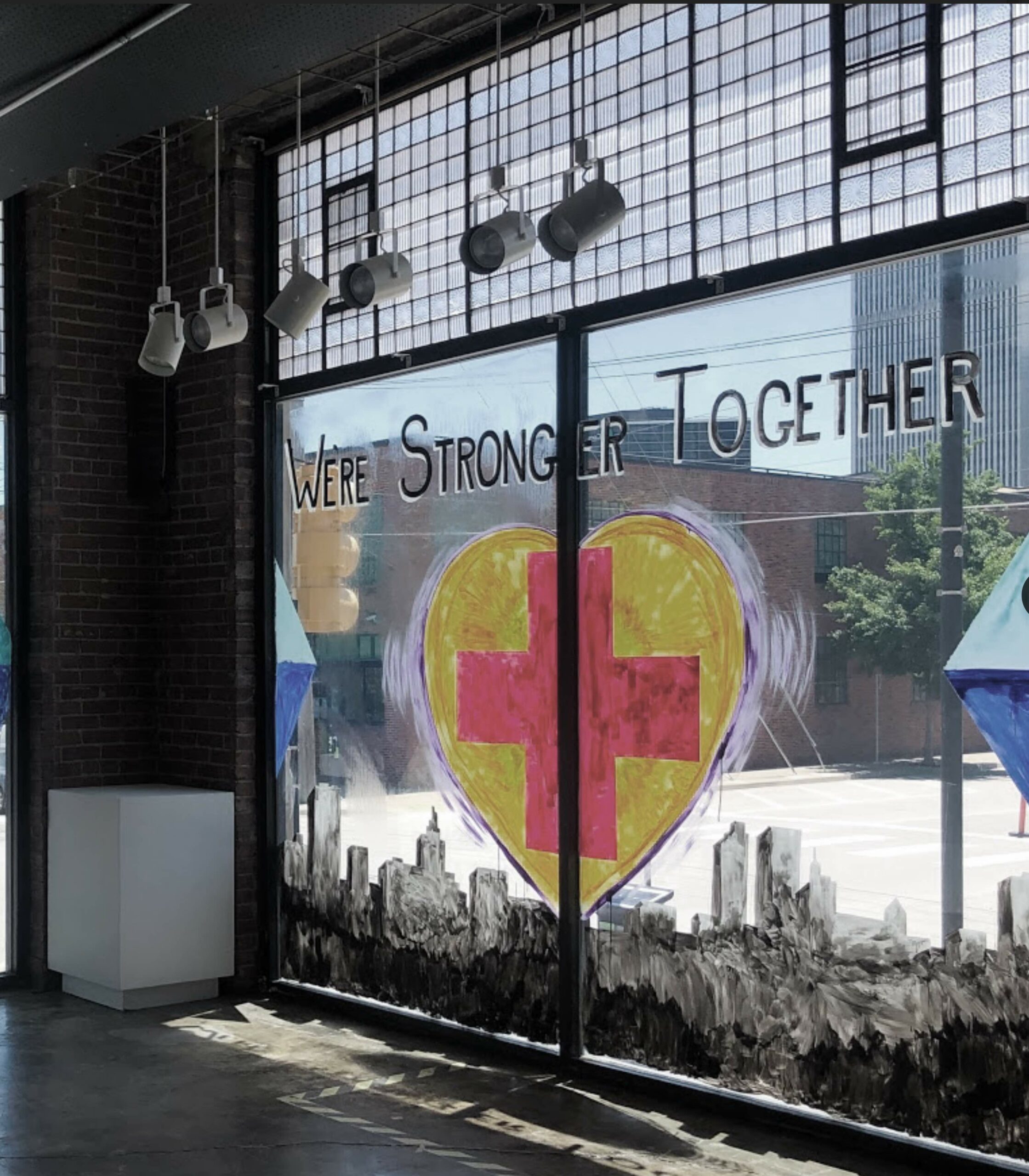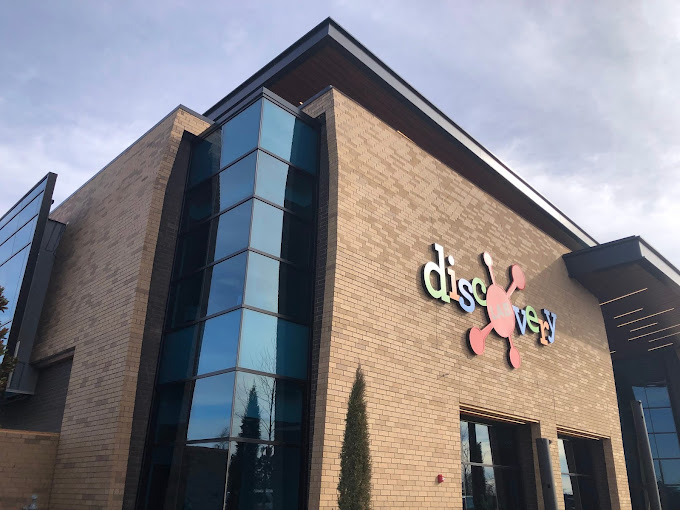Why Arts Support Matters
Why Arts Support Matters
Arts Support
Why it matters
When we talk about the value of arts and culture to society, we need to speak not just about aesthetics, but about the economy, health, quality of life and education. We need to speak about the arts not just as an industry, but as a strategic national resource. If you want to learn about a society, look at its cultural output. The arts reflect not only who we are, but who we aspire to be.
Arts promote true prosperity
Arts improve academic improvement
Students with an education rich in the arts have higher GPAs and standardized test scores, and lower drop-out rates—benefits reaped by students regardless of socio-economic status. Students with 4 years of arts or music in high school average 100 points higher on the verbal and math portions of their SATs than students with just one-half year of arts or music. 89 percent of Americans believe that arts are part of a well-rounded K-12 education. – Americans for the Arts
With the decline of arts education in schools, there is a greater demand for cultural activities in the communityArts education helps children develop higher level skills such as critical thinking and problem solving – McKinsey & Company
Arts strengthen the economy
Arts are good for local merchants
Attendees at nonprofit arts events spend $24.60 per person, per event, beyond the cost of admission on items such as meals, parking, and babysitters. Attendees who live outside the county in which the arts event takes place spend twice as much as their local counterparts ($39.96 vs. $17.42)—valuable revenue for local businesses and the community. – Americans for the Arts
Arts are an export industry
Arts spark creativity and innovation
Arts have social impact
Arts improve healthcare
Arts means business




